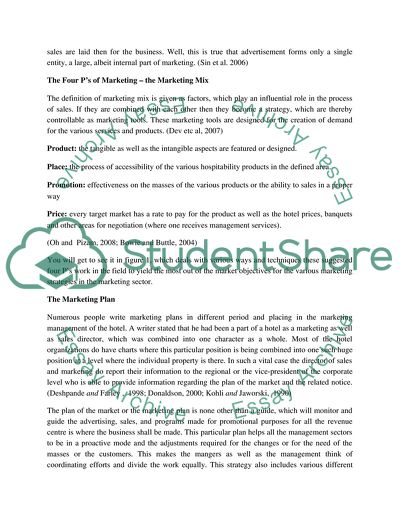Cite this document
(The Application of Appropriate Business Strategy: Marketing Research Paper - 1, n.d.)
The Application of Appropriate Business Strategy: Marketing Research Paper - 1. Retrieved from https://studentshare.org/marketing/1749970-marketing-strategies-and-tools-that-affect-hotel-sales
The Application of Appropriate Business Strategy: Marketing Research Paper - 1. Retrieved from https://studentshare.org/marketing/1749970-marketing-strategies-and-tools-that-affect-hotel-sales
(The Application of Appropriate Business Strategy: Marketing Research Paper - 1)
The Application of Appropriate Business Strategy: Marketing Research Paper - 1. https://studentshare.org/marketing/1749970-marketing-strategies-and-tools-that-affect-hotel-sales.
The Application of Appropriate Business Strategy: Marketing Research Paper - 1. https://studentshare.org/marketing/1749970-marketing-strategies-and-tools-that-affect-hotel-sales.
“The Application of Appropriate Business Strategy: Marketing Research Paper - 1”, n.d. https://studentshare.org/marketing/1749970-marketing-strategies-and-tools-that-affect-hotel-sales.


